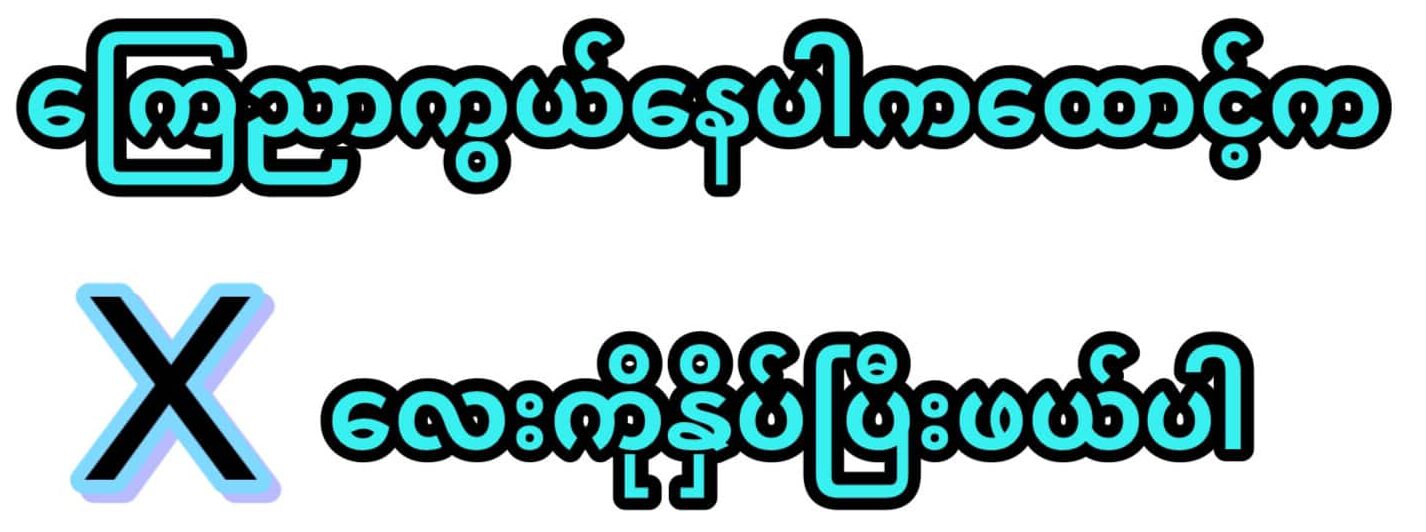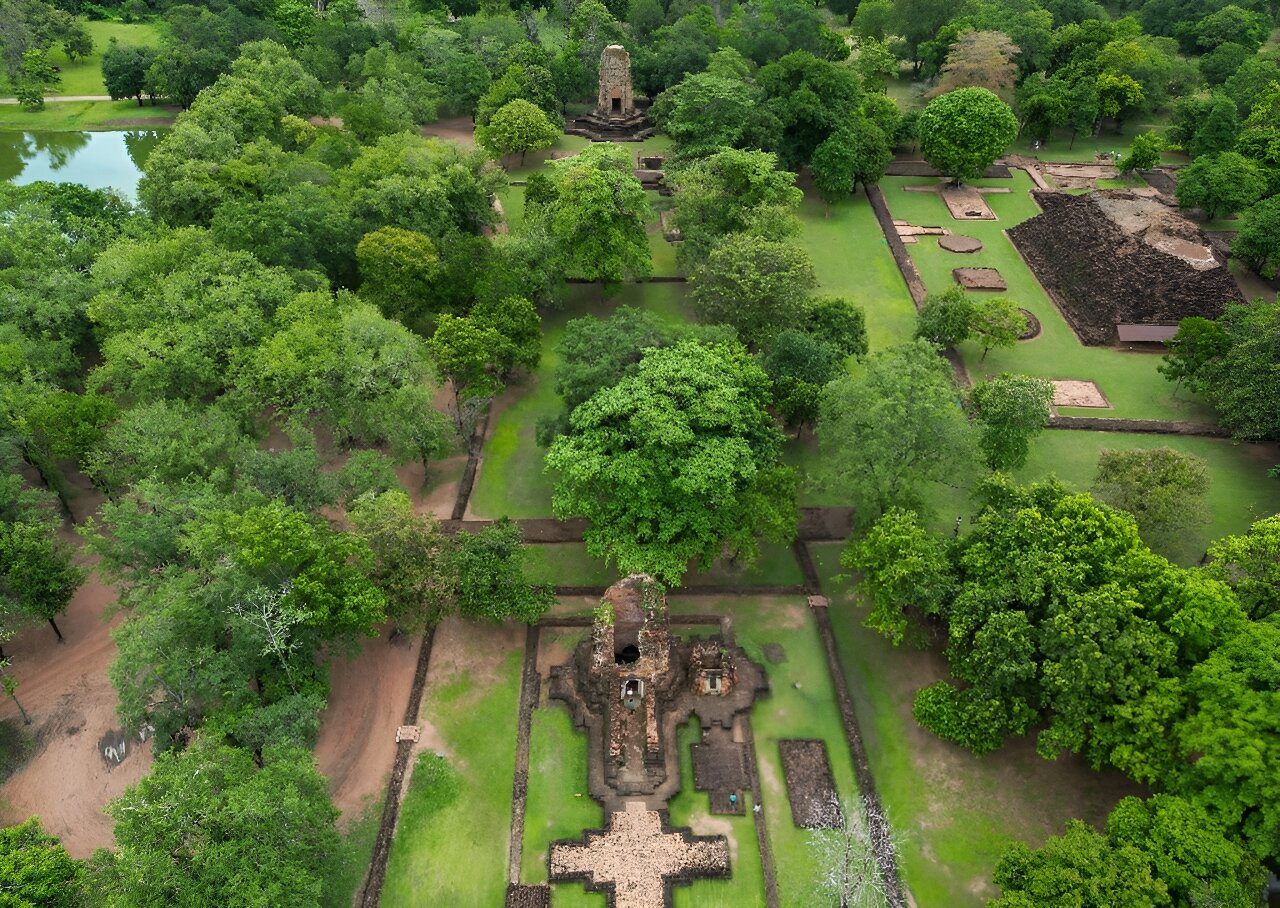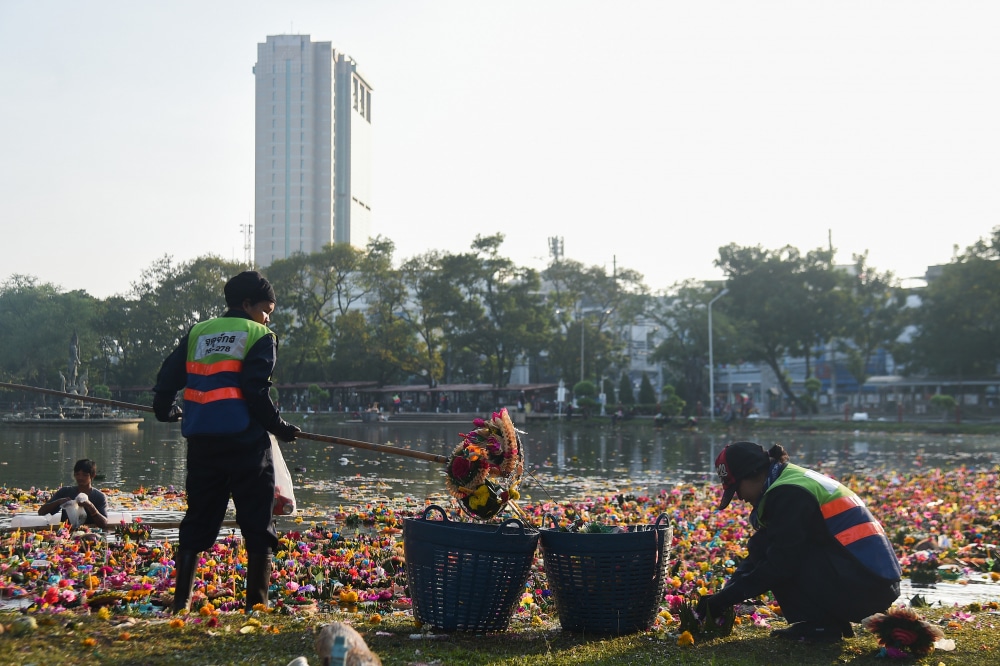On September 19, 2023, Prime Minister Srettha Thavisin expressed his profound gratitude to UNESCO for bestowing the prestigious title of UNESCO World Heritage Site upon the ancient town of Si Thep, a cradle of the Dvaravati civilization. This recognition marks a significant moment in Thailand’s cultural heritage preservation efforts.
The Ministry of Foreign Affairs released an official statement titled “The Ancient Town of Si Thep, Inscribed as Thailand’s 7th World Heritage Site,” providing detailed insights into this momentous achievement.
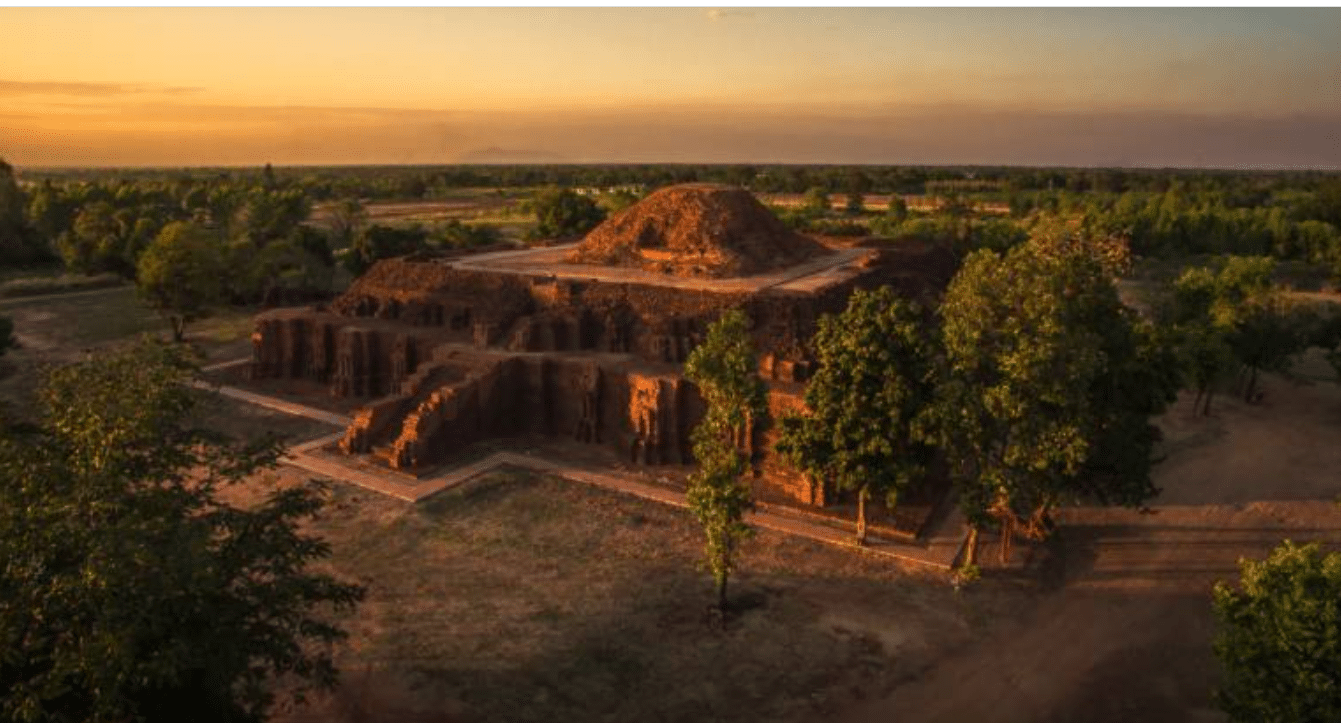
The decision to inscribe the “Ancient Town of Si Thep” on the World Heritage List was made during the 45th extended session of the World Heritage Committee (WHC) held in Riyadh, Saudi Arabia. This inscription was carried out under the framework of the 1972 Convention Concerning the Protection of the World Cultural and Natural Heritage, an initiative spearheaded by the United Nations Education, Science, and Cultural Organization (UNESCO).
The inclusion of the “Ancient Town of Si Thep” brings the total count of World Heritage sites in Thailand to seven. Thailand’s existing World Heritage sites include:
- Historic Town of Sukhothai and Associated Historic Towns
- Historic City of Ayutthaya
- Thungyai-Huai Kha Khaeng Wildlife Sanctuaries
- Ban Chiang Archaeological Site
- Dong Phayayen-Khao Yai Forest Complex
- Kaeng Krachan Forest Complex
The “Ancient Town of Si Thep,” situated in Phetchabun Province, comprises three interconnected cultural sites: the Ancient Town of Si Thep, Khao Klang Nok, and Khao Thamorrat Cave Ancient Monument. These sites collectively bear witness to a history that spans over 1,500 years.
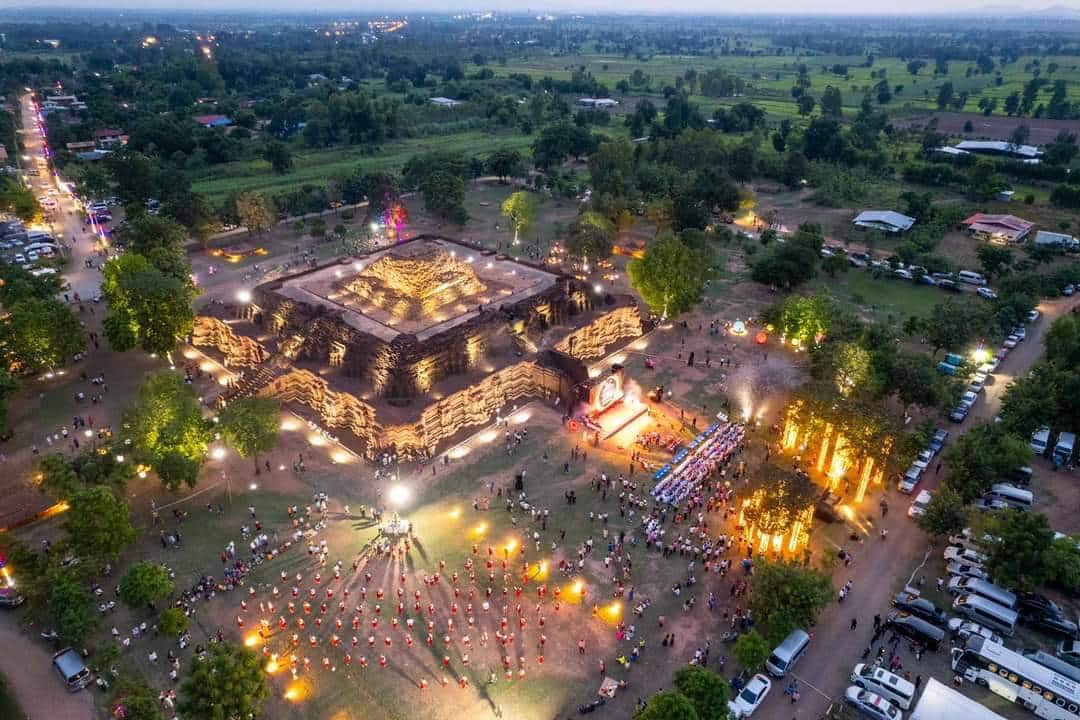
The unique topography of the area surrounding the Ancient Town of Si Thep has facilitated human habitation since prehistoric times, with evidence of continuous settlement up to the present day. It is a testament to the enduring connection between the local community and this historic site.
What sets the “Ancient Town of Si Thep” apart is its distinctive artistic and architectural style, often referred to as the “Si Thep Master of Art.” This style exhibits exceptional characteristics that distinguish it from other Dvaravati cities of the same period, adding to its cultural significance.
The inscription of the “Ancient Town of Si Thep” as a UNESCO World Heritage Site is a source of immense pride for the Thai people. It not only highlights the cultural value of this historic town on the global stage but also signifies the beginning of collaborative efforts to conserve, restore, and protect this invaluable site. The hope is to transform it into a dynamic learning center and a treasure not just for people worldwide but also for future generations.
The 1972 Convention Concerning the Protection of the World Cultural and Natural Heritage, which currently boasts 195 States Parties, was adopted by the UNESCO General Conference on November 16, 1972. This convention’s inception was inspired by international endeavors to assist Egypt and Sudan, with UNESCO’s support, in relocating the Abu Simbel temples. At the time, these ancient temples faced the imminent threat of submersion due to the construction of the Aswan High Dam in Egypt.
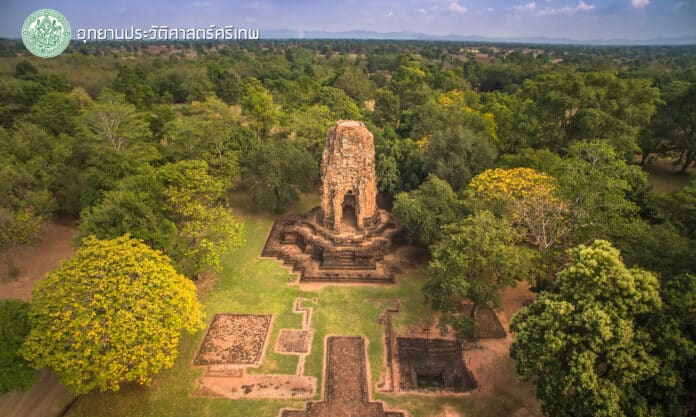
The decision of nations to become States Parties to the Convention underscores their unwavering commitment to safeguarding exceptional natural and cultural sites for the benefit of future generations and raising public awareness about the importance of these sites. The recognition of Si Thep as a UNESCO World Heritage Site is a testament to Thailand’s dedication to preserving its rich cultural heritage and sharing it with the world.

